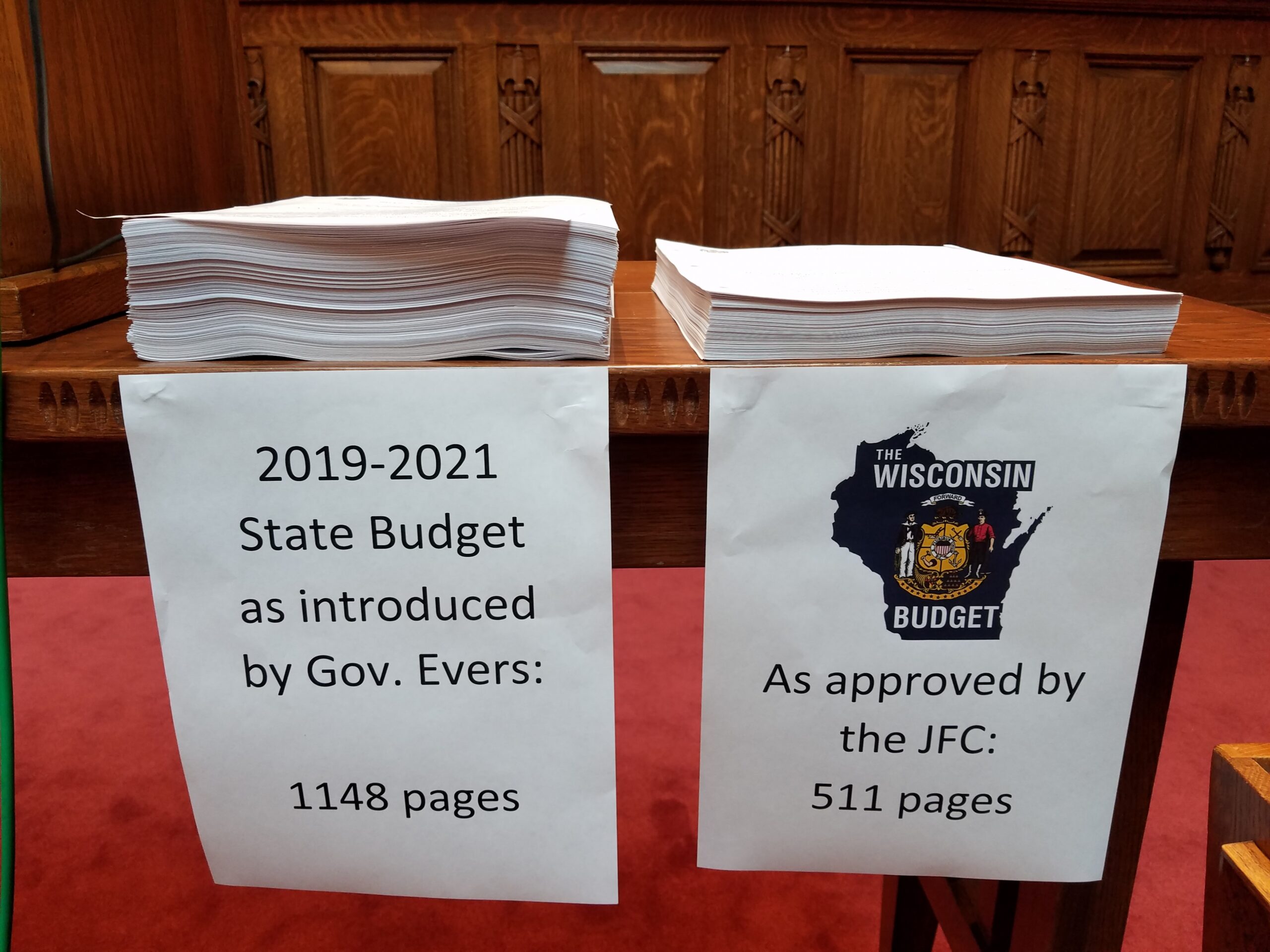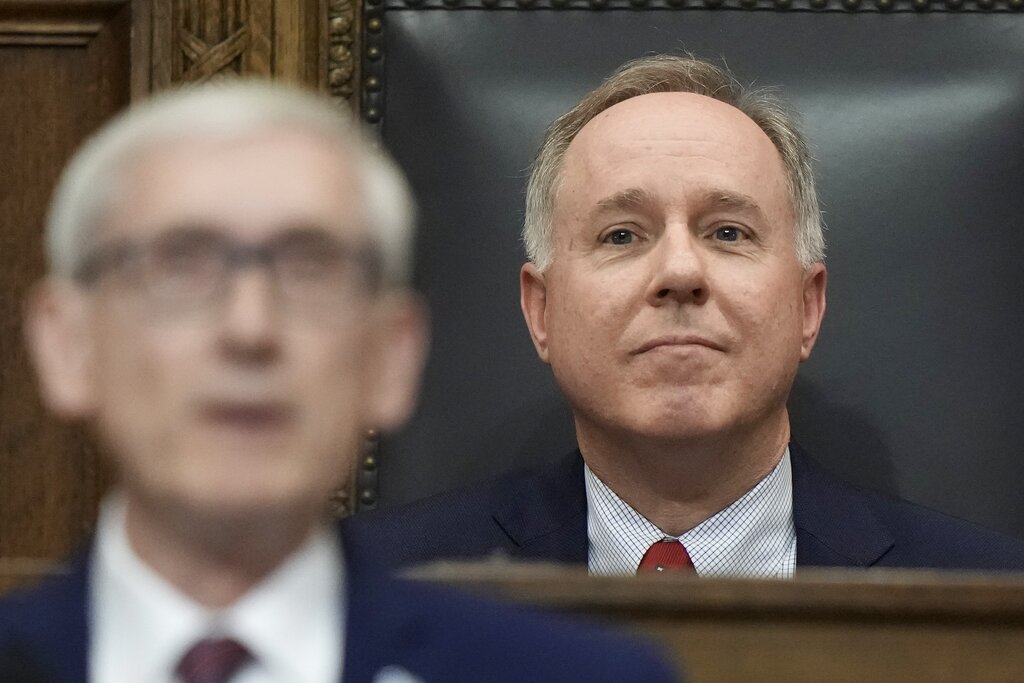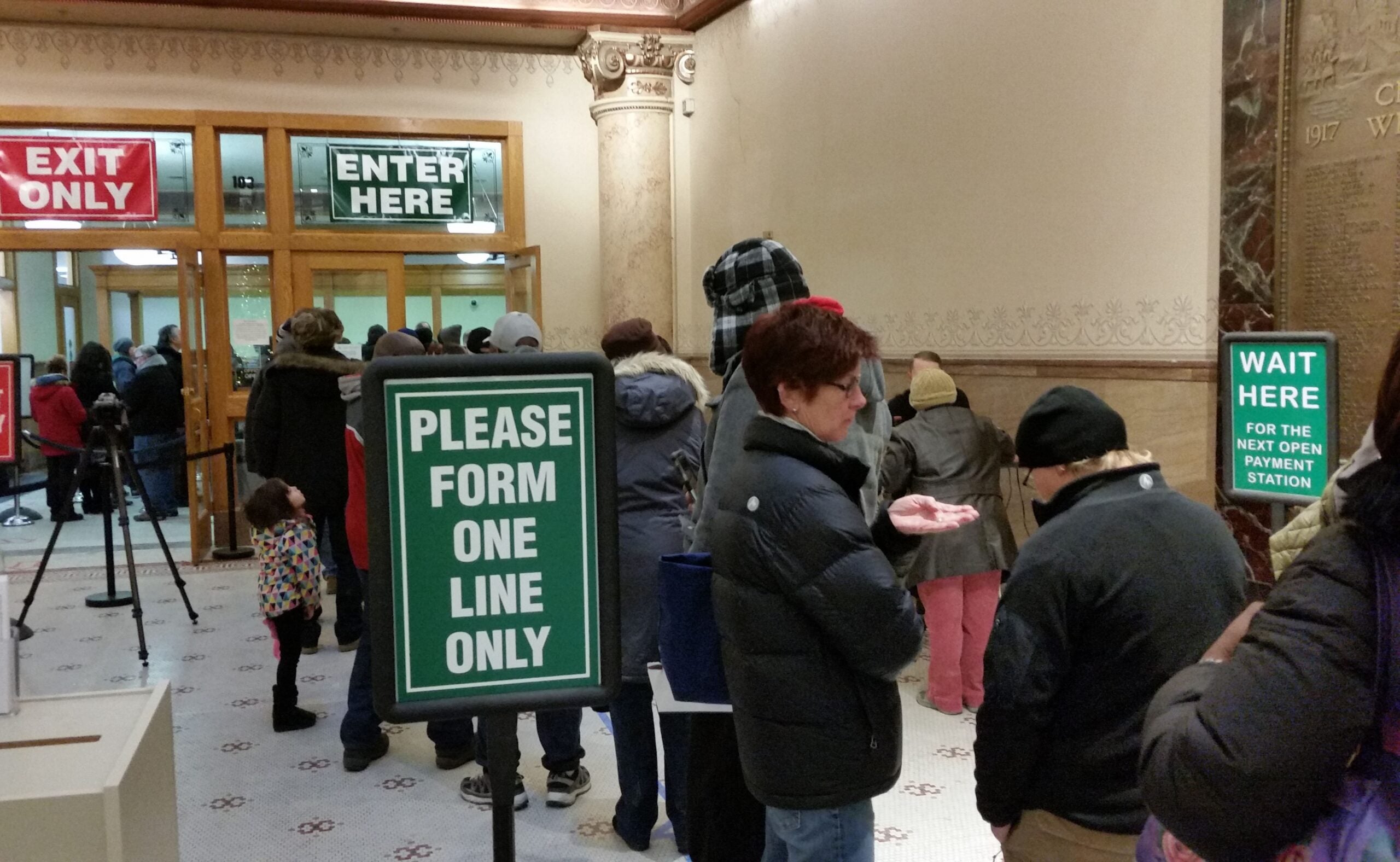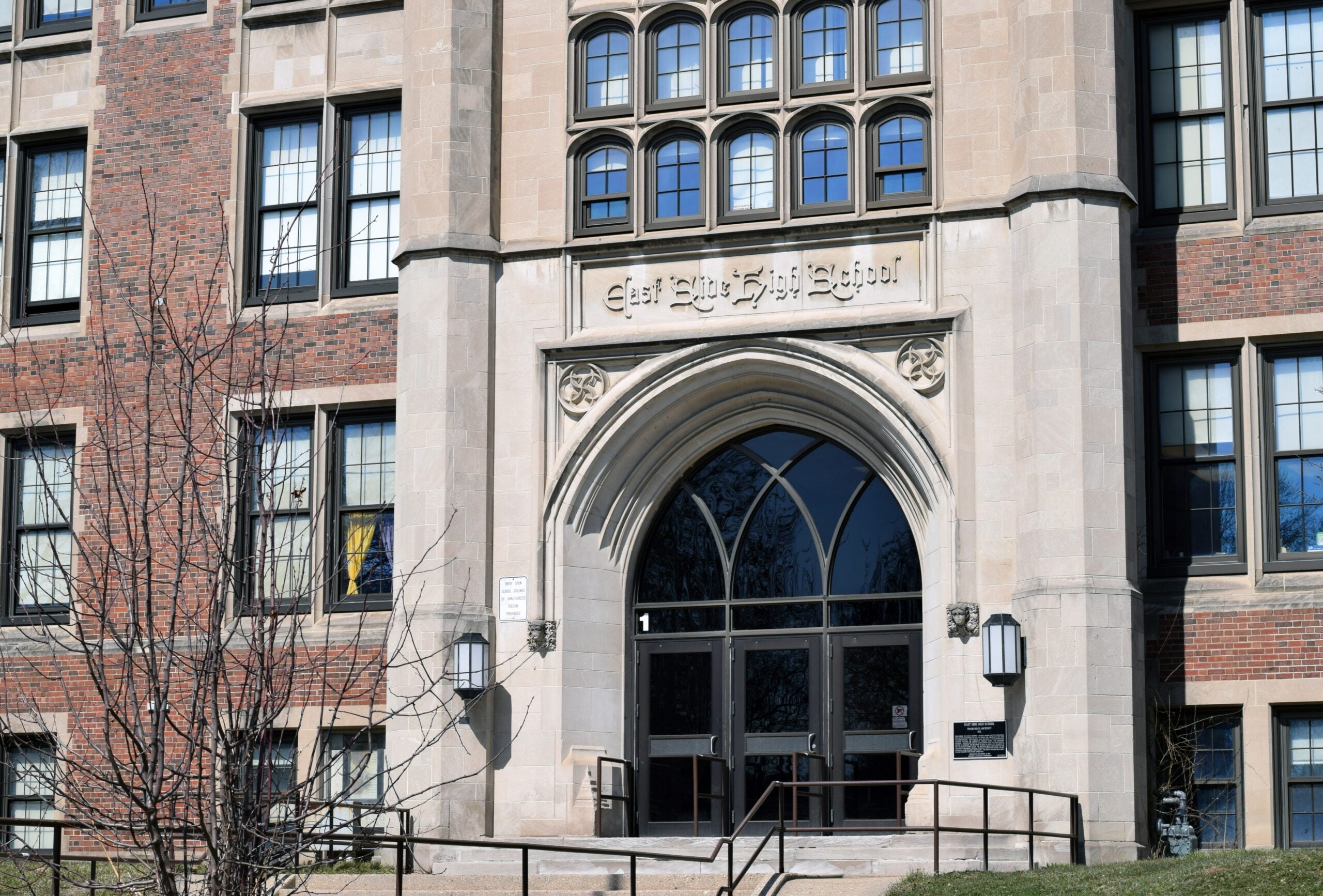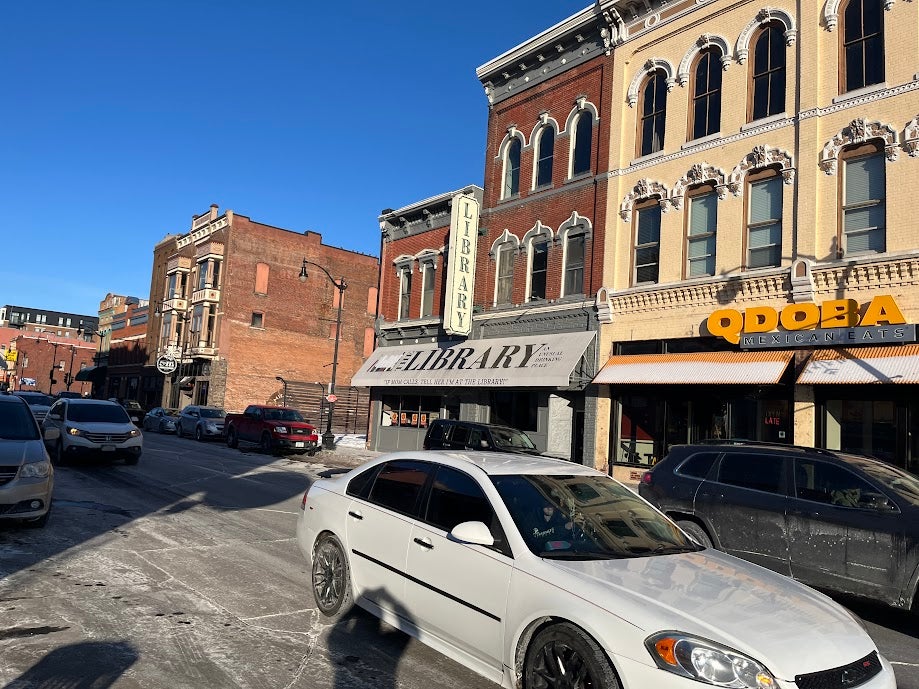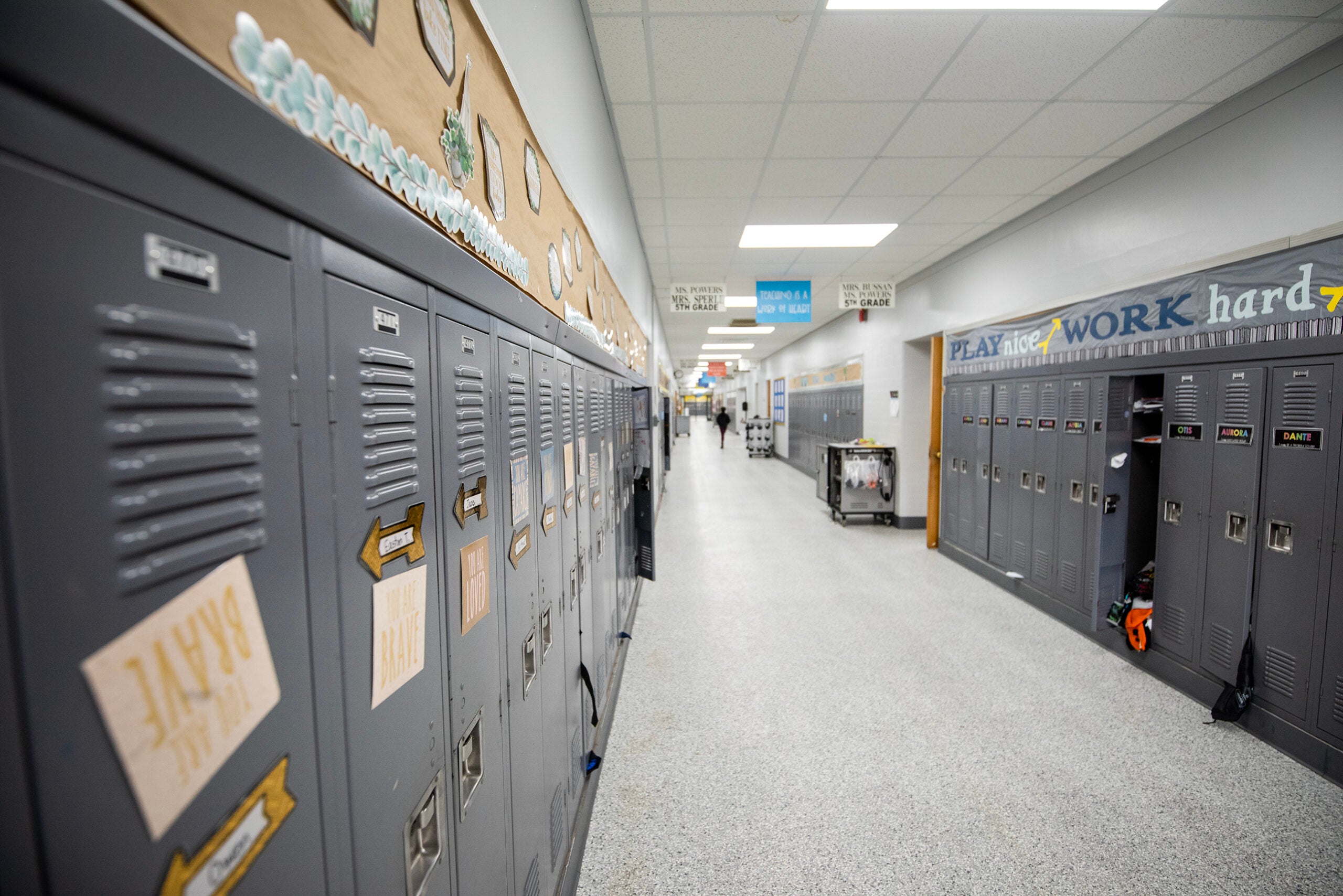Spending by state and local governments has grown in the last 25 years, but the share of funding the state gives to local governments to pay for things like schools, police departments and local roads has shrunk.
That’s one finding of a new report from the Wisconsin Policy Forum on government spending trends between 1997 and 2017. Now, as the effects of the COVID-19 pandemic are putting increased pressure on government budgets at all levels, it’s Wisconsin’s K-12 schools that could bear the brunt of future budget cuts.
The July report, “State’s Share of Public Spending Rises,” uses new data from the U.S. Census Bureau to track state and local spending trends in Wisconsin. It finds both state and local government spending rose over the period studied, but state spending increased more sharply.
News with a little more humanity
WPR’s “Wisconsin Today” newsletter keeps you connected to the state you love without feeling overwhelmed. No paywall. No agenda. No corporate filter.
The state budget pays for Wisconsin’s BadgerCare program, a health insurance program for low-income Wisconsinites and some special-needs groups, as well as for state prisons, the University of Wisconsin System and state highways. Local governments pay for K-12 schools, police and fire departments and local roads.
The state provides aid to local governments to help them pay for those services. But the report finds that the share of state spending that goes to that aid declined markedly, from 38.4 percent of the state budget in 1997 to 26.6 percent in 2017.
The data in the report predates the COVID-19 pandemic, but the report notes that without new relief spending by the federal government, the effects of the pandemic on state and local governments are likely to be dramatic.
“Absent additional federal aid, lawmakers and Gov. Tony Evers will likely have to consider spending cuts that may extend to aid to schools and local governments,” the report finds.
Researcher Ari Brown, the principal author of the report, said schools will face budget cuts.
“When we’re talking about local governments that benefit from shared revenue, K-12 schools are really going to be where that’s felt in the most real way,” Brown said.
Budget cuts have already begun, as federal lawmakers debate further economic relief measures to respond to the pandemic. On Wednesday, Gov. Tony Evers ordered state agencies to cut $250 million from their budgets in this fiscal year, on top of a $70 million cut three months ago.
In Wisconsin, local governments are highly reliant on the property tax for their revenue, and state law limits the amount by which they are allowed to raise property taxes without a referendum. The property tax is less volatile than other taxes such as sales taxes, which declined precipitously in the first months of the COVID-19 crisis. But local governments will still see the loss of revenue from room taxes and other sources, as well as some potential declines in property taxes.
The report also finds that, though spending has increased in absolute terms, it has declined relative to other states in several areas, especially K-12 schools and fire and emergency medical services. In 1997, Wisconsin was 14th in the nation in local fire spending; it dropped to 30th in 2017. Wisconsin was 5th in the nation in local education spending per capita in 1997; by 2017, it had dropped to 18th.
Wisconsin Public Radio, © Copyright 2026, Board of Regents of the University of Wisconsin System and Wisconsin Educational Communications Board.

